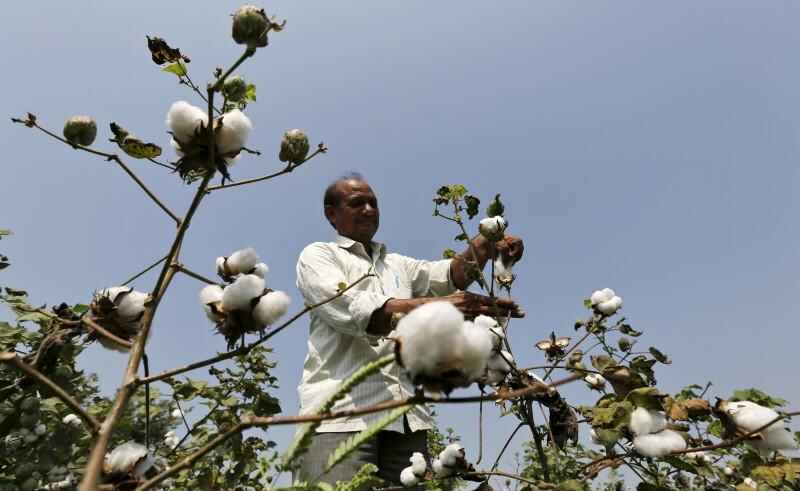
ISLAMABAD, Dec 06 (INP-WealthPK) — In order to increase cotton productivity and meet the local industries demand, Pakistan needs resilient cotton varieties, which will preserve its hard-earned reserves.
Talking to WealthPK on the condition of anonymity, an expert from the Arid Agriculture University (AAU) Rawalpindi said, “Pakistan should use resilient cotton varieties to increase its production and decrease the crop losses. The farmers will be encouraged to grow more cotton by using the resilient cotton varieties, thereby enhancing productivity and benefiting the industry. The country’s diminishing cotton production over the past many years is a major issue that needs significant attention in order to be revived on a sustainable basis.”
“Cotton is a cash crop in Pakistan and it is the second most important crop, as it contributes significantly to Pakistan’s economy. After China, the US and India, Pakistan is the fourth largest producer of cotton. It makes up about 0.6 percent of the GDP and 3.1% of the value added in agriculture,” he said.
“The crop was grown on 2,079 thousand hectares in 2020–21, a decrease of 17.4 percent from 2,517 thousand hectares that were sown in the previous year. Compared to the previous year’s production of 9.148 million bales, production dropped by 22.8 percent to 7.064 million bales.”
He said, “Domestic production has been hampered by many factors including climate change, lack of high-yielding, certified hybrid seed varieties, as well as the lack of pesticides to combat pest attacks, which destroy millions of acres of crops every year.”
The AAU expert said development of the cotton crop is essential for achieving both economic progress and social prosperity.
A large number of people from the rural areas, including women, are involved in cotton production. The quality of crops is crucial to farmers’ ability to make a living. A lot of reasons are affecting cotton production such as climate change and insects as well as drought.
The AAU expert added, “The cotton production area should be fixed without any other crops being cultivated there, especially maize and sugarcane since they change the microclimate there. As the time duration of sugarcane crop is one year, the land’s insect pest threshold level increases and it also gets moist which causes damage to the cotton.”
Inaugurating the new building of Central Cotton Research Institute (CCRI) for research on cotton recently, Punjab Minister for Agriculture said it is the need of the hour to introduce such cotton seed varieties which are compatible with the environmental changes and are resistant to insects and diseases. The minister termed the project a game-changer for the growers of the region.
“It would be helpful to enhance per acre cotton production and strengthen the country’s economy,” he added.

































































































